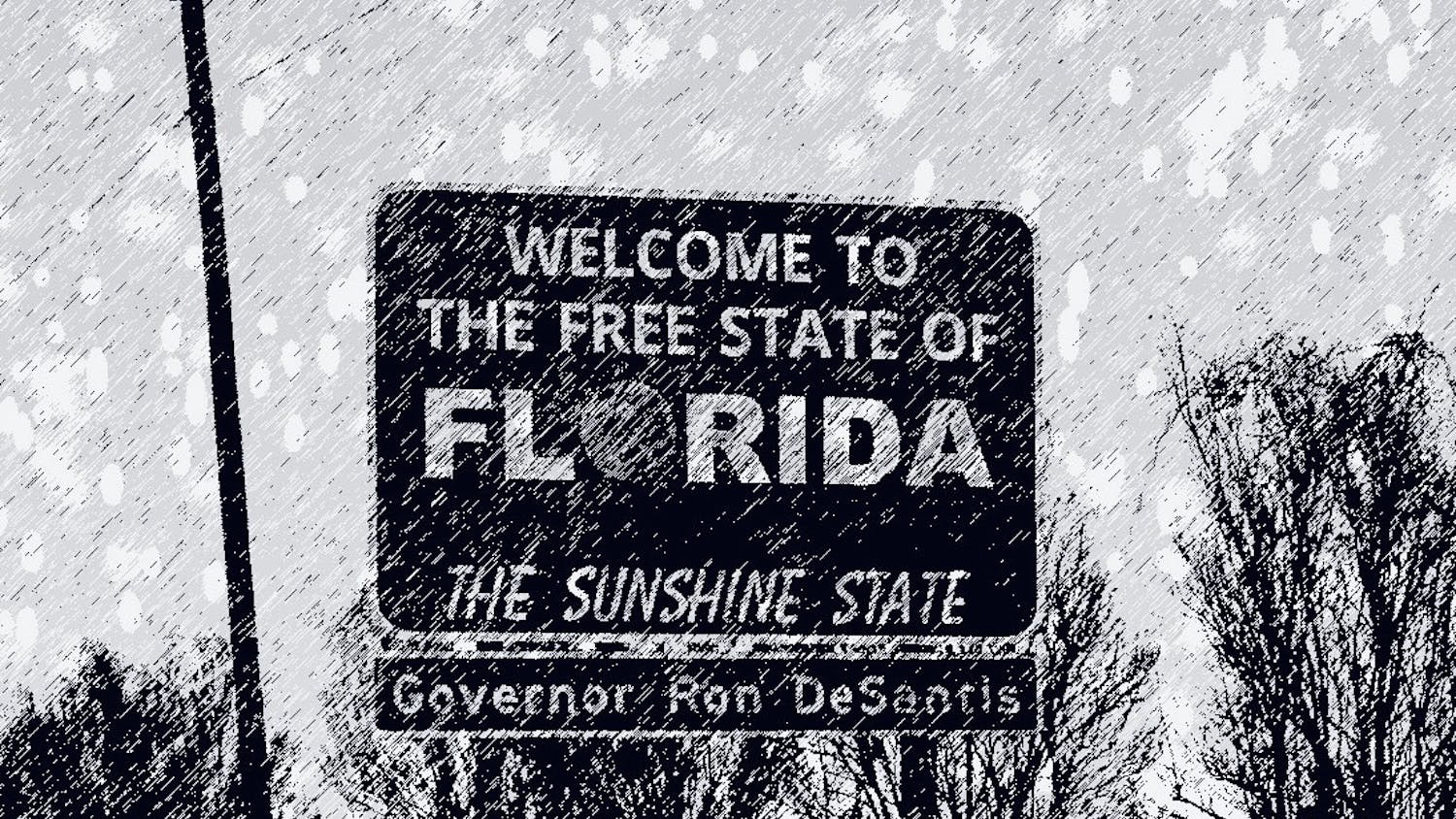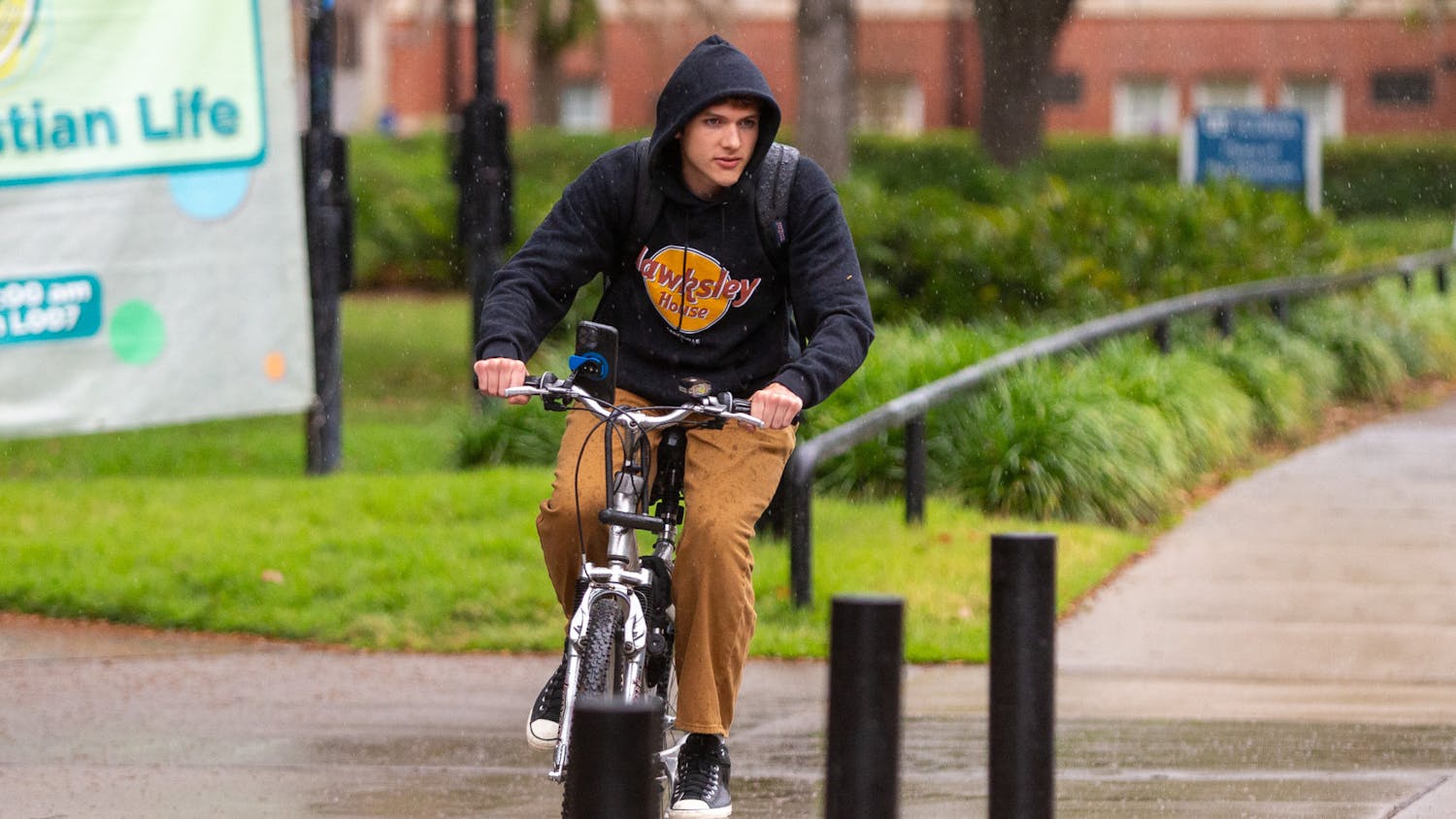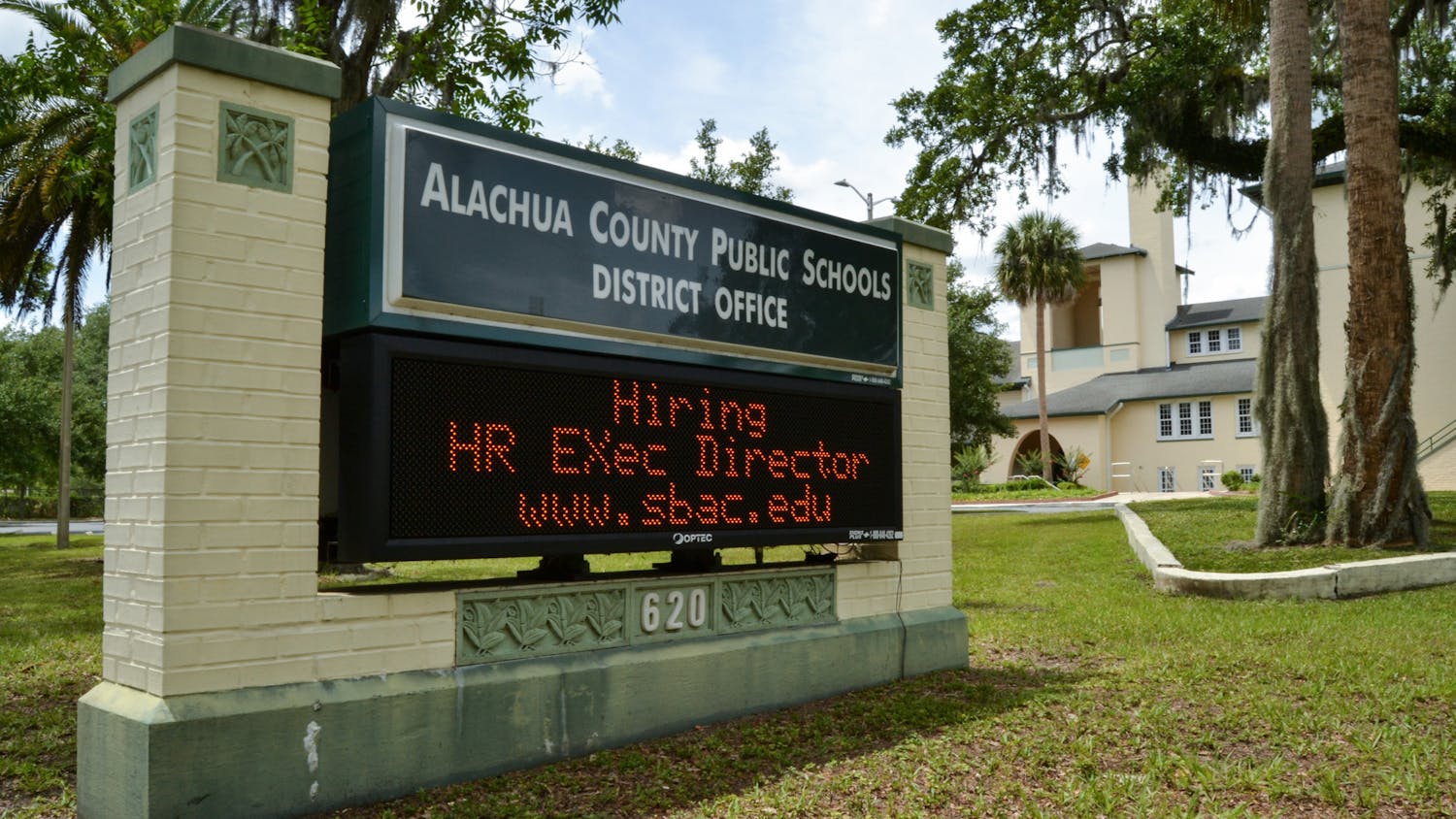The turn of seasons is allowing the Miami blue butterfly population to thrive at UF.
Waves of warm weather, critical to the species’ survival, may assist UF efforts to restore the endangered butterflies, according to Jaret Daniels, Miami blue project director at the Florida Museum of Natural History.
“Our plant nursery and captive populations was impacted by the winter season,” Daniels said. “It will simply mean a slower-than-normal ramp up to high captive numbers this year.”
UF scientists had difficulty this winter maintaining a warm-climate flower the butterflies feed on. Nicer weather is expected to yield better results in the plant turnout, which would ensure a native source of nectar for the Miami blue butterflies, said Jeffrey Hansen, vivarium assistant manager at the museum.
The Miami blue, a small species with luminous blue wings, is native to Florida, with the largest population inhabiting South Florida’s coastal regions, hence the species’ name.
“It is also a highly visible endangered species, making it ideal for public education and nature viewing,” Daniels said.
After Hurricane Andrew nearly wiped out the Miami blue population in 1992, conservationists believed the species was extinct. It wasn’t until 1999 that a colony of 50 Miami blue butterflies was rediscovered in Bahia Honda State Park.
Since rediscovery, conservation efforts have gone into effect to restore the fragile population, with UF leading the way with its monitoring and captive propagation program for the species, according to the Florida Fish and Wildlife Conservation Commission.
“Dr. Jaret Daniels has been the champion for this little known, almost invisible butterfly,” said Michael Boulware, a natural history exhibit staff member. “He has taken a population of under 50, bred over 30,000, and replaced more than 7,000 in the field.”
These efforts ensure the butterflies’ entire adult lives can be spent in the area they are trying to re-establish as habitat, which will preserve the species for future generations, Boulware said.
“The Miami blue is a Florida endemic, meaning it does not occur elsewhere,” Daniels said. “If it is lost from Florida, it is lost forever.”





